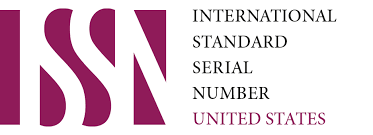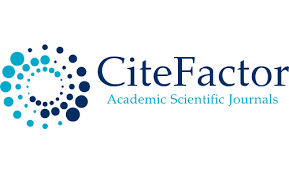Teaching the Grammar of Russian Language - Great Opportunities for the Linguistic and Mental Development of Students
Keywords:
significant age, individual variability, language material, componentsAbstract
Great opportunities for the linguistic and mental development of students include teaching the grammar of Russian language, which enriches them with knowledge of the basic laws and rules of the language system, morphological and syntactic means of expressing thoughts, contributes to the development of logical thinking of students, and is the basis for the formation of practical speech and spelling skills. Based on the analysis of the relevant methodological literature and the study of the experience of teaching Russian language, the need to find optimal conditions for the language development of students is established.
References
Antonova E.S. Methods of teaching the Russian language. Communicative-activity approach. - M.: Knorus, 2007. - pp. 184-185.
Baranov M.T. The choice of exercises for the formation of skills and abilities // Russian language. - 1993. - No. 3. - pp. 36-38.
Bystrova E.A. Communicative methodology in teaching the native language // Russian language. - 1996. - No. 1. - p. 8.
Sadikova L.M. Competent native speaker // National education. 1998. No. 5.
Fayzieva Y.Y., Mardieva D.N. Categories of effectiveness in education International Journal of Research in Economics and Social Sciences (IJRESS) http://euroasiapub.org Vol. 11 Issue 01, 2021. P. 56.
Atayeva Kh.K, Fayziyeva Y.Y. Using interactive technologies and teaching methods at the Russian language lesson. International journal of word art. Vol.3, 2022. P. 16.
Downloads
Published
Issue
Section
License

This work is licensed under a Creative Commons Attribution-NonCommercial 4.0 International License.
User Rights
Under the Creative Commons Attribution-NonCommercial 4.0 International (CC-BY-NC), the author (s) and users are free to share (copy, distribute and transmit the contribution).
Rights of Authors
Authors retain the following rights:
1. Copyright and other proprietary rights relating to the article, such as patent rights,
2. the right to use the substance of the article in future works, including lectures and books,
3. the right to reproduce the article for own purposes, provided the copies are not offered for sale,
4. the right to self-archive the article.












